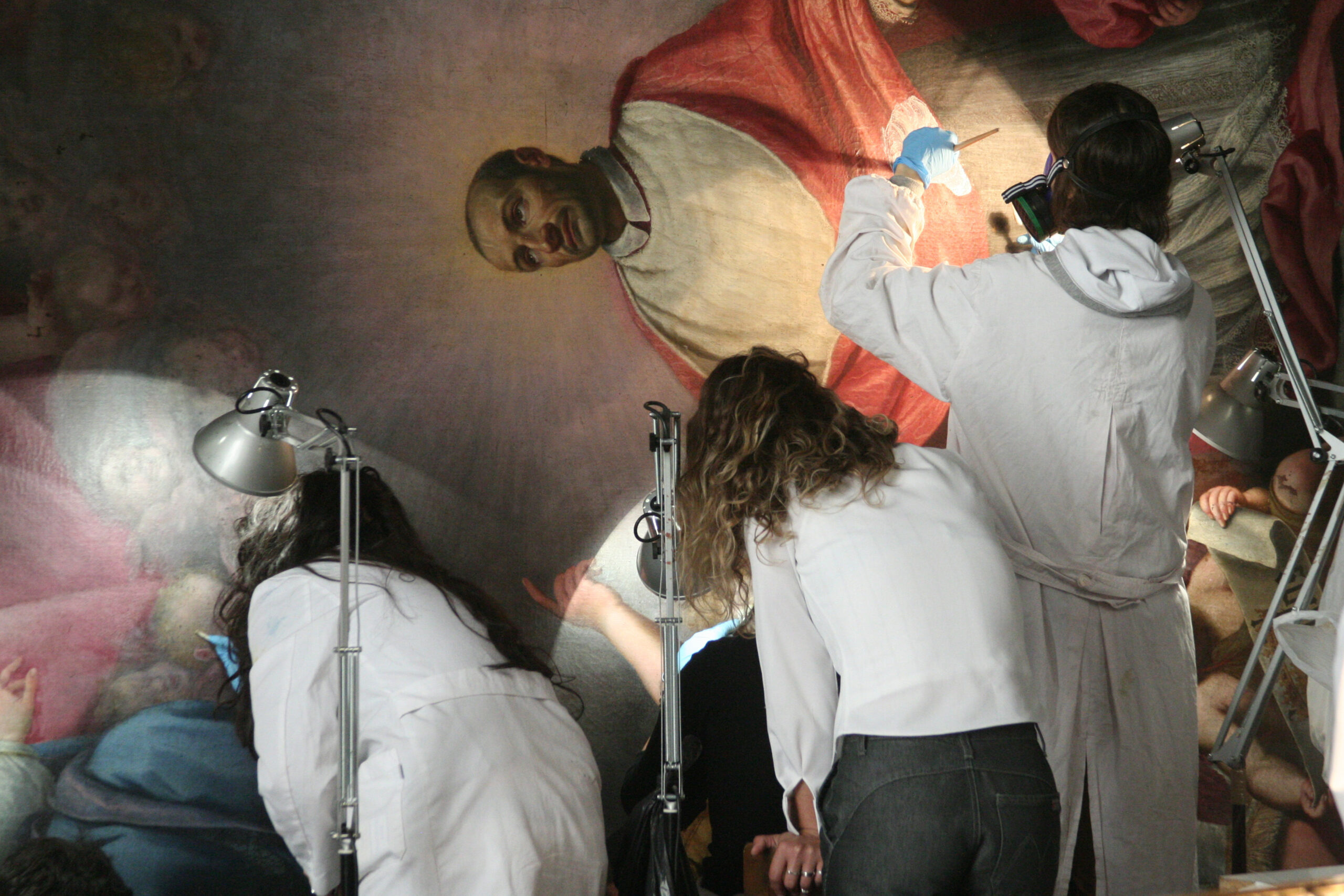When getting to know the art market for the first time, there are often new terms to familiarise yourself with – both as a seller and a buyer. Some of the most important, and yet often unknown, are those relating to artwork authentication. Being able to prove your artwork is authentic, a genuine creation by the credited artist, is vital to ensuring the artwork is properly valued, as well as being key to preventing fraud.
Demystifying some of these terms is just a short step to take towards a more informed role as you buy and sell art on the secondary market.
Provenance
This is the most common form of authentication, and is generally required in order to buy or sell any artwork. Provenance generally refers to any documents that can prove the history of ownership; the longer the history, the more paperwork may be involved. Documents that fall into this category include:
· Invoices or receipts documenting the sale of the artwork. This includes a sale from the artist themselves, as well as any receipt from a gallery, auction house, or dealer.
· Certificates of authenticity. These can be signed by either the artist or by a recognised expert on the artist’s work.
· Names of the previous owners of the artwork.
· Published mentions of the artwork in a newspaper, magazine or documentary footage.
· An exhibition catalogue or gallery consignment list that includes records of the artwork.
There may be some more unusual forms of documentation that could be applied to certain artworks. However, an invoice and a certificate of authenticity are the most widely accepted forms of provenance.
In any of the above examples, it is important to be able to prove that the document relates to the artwork in question specifically, either with an accompanying image or verifiable description.
Signature
Any original artwork is generally expected to include a signature by the artist. This is often placed in the bottom corner of a painting, or etched into the surface of a sculpture. Usually, the signature is small enough not to draw attention from the artwork, but still easily identifiable.
The artist may choose to sign the back of an artwork, or not to sign it at all. However, if they have not signed it, they should provide another form of authentication for the buyer.
Limited edition prints are often signed by the artist. The signature might be printed as part of the artwork image, or it might be added by hand afterwards. It is worth checking the type of
signature when buying or selling a limited edition print, as hand-signed artworks can be easier to authenticate, and are often valued more highly.
Expert Appraisal
This is usually a form of authentication used for older artworks, when the artist has passed away and has not left a definitive record of their works.
· Technical analysis can be performed on the artwork itself, usually on the materials used. These tests will determine the age of the artwork and can be used to detect modern forgeries.
· Connoisseurship is used by an authorised expert on the artist in question. The expert should be able to tell whether the style and techniques used are in line with the artist’s other, recognised works. However, this should be used alongside other analytical techniques, as a forger might prove just as skilled as the expert viewing their work.
Catalogue raisonné
A catalogue raisonné is a recognised list of works by a particular artist. These are often used to consolidate the findings of various authentication results, using provenance documents and expert assessment.
This term has typically been used to refer to lists of artworks by historical artists. However, contemporary artists have also been finding a use for it, as some artists – notably, street and graffiti artists – may not be able to attach any documentation to their work when produced. An example of this is the artist Stik, who has published a catalogue raisonné for buyers to check against any works they own.
Artist authentication boards
Experts on a particular artist might form a board that serves to authenticate the works of that artist. In some cases, the artist themselves may establish an organisation to do this for them. Banky is well known for using his authentication board Pest Control, which collectors can use to authenticate artworks that lack any other provenance.
Authentication of your EzelDotz artwork
As a secondary art market platform, confirmed authentications for all of our artworks is absolutely vital. We will always ensure we have obtained acceptable provenance for any artwork listed for sale, ensuring that all our buyers are guaranteed the genuine article.
If you would like to discuss selling an artwork online through our platform, you can upload the details of your artwork and documents via our easy-to-use portal. Our art consultants will be able to review your provenance and advise you on whether any additional documentation might be required in order to list the work.





